Social work
William Booth strongly believed that people needed to be helped practically, with food and employment, before they could be saved spiritually. In line with this, The Salvation Army began its social work in Britain in 1884. It continues to grow and develop in a range of areas including homelessness, addiction services and supporting survivors of modern slavery.
Find out more about the history of our social work
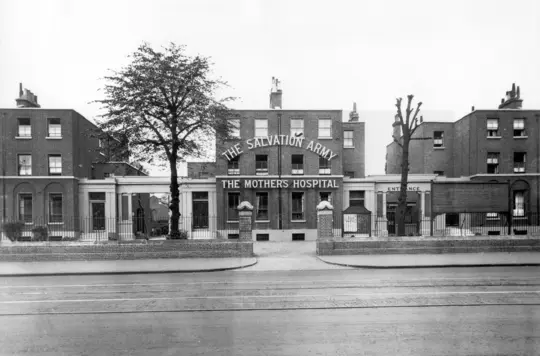
Women's Social Work
The Salvation Army’s formal social work in the UK traces its origins back to the 1880s
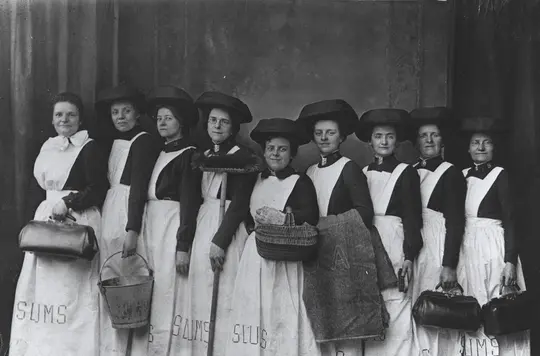
Slum and Goodwill Work
In the mid-1880s, groups of female Salvationists began offering spiritual and practical assistance to residents in very deprived areas
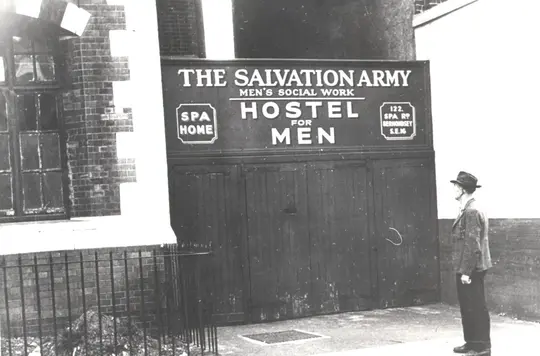
Men’s Social Work
In 1888, The Salvation Army opened Limehouse night shelter and food depot, our first hostel for men
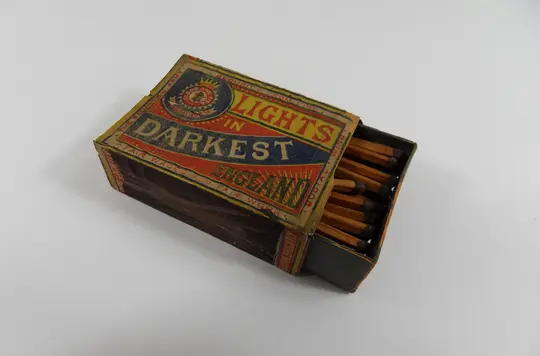
In Darkest England
In 1890 William Booth published 'In Darkest England and the Way Out', his plan for tackling poverty in Britain
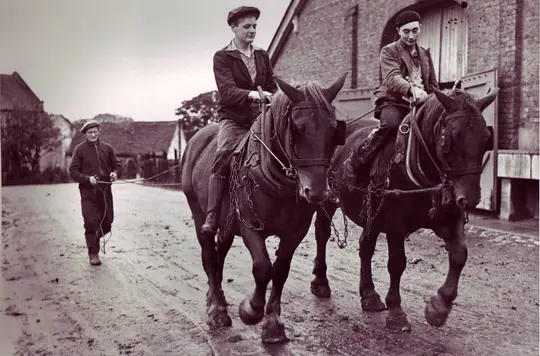
Hadleigh Farm
Hadleigh Farm in Essex is one of the longest serving Salvation Army social centres
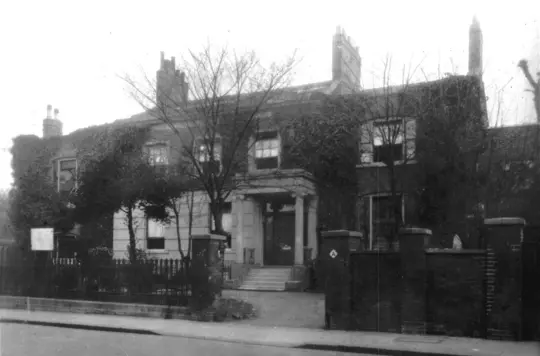
Children's Homes
In the 1890s, The Salvation Army established Nursery Homes and a Babies' Home